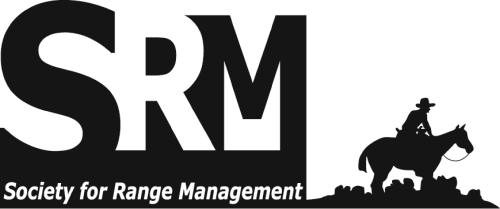Nowadays most of the grasslands in Mexico have some degree of impairment. To recover the productivity and functionality of these ecosystems different strategies have been implemented, most with a low probability of success. Therefore, it is important to study the production and growth of the species and varieties used in this kind of program. Sideoats gramma (zacatebanderitas) is one of the native species more utilized in grassland (patizales) rehabilitation programs. Due to its high nutrient concentration and to its preference by livestock, it's considered second in agronomical significance. The objective of this research was to study the growth patterns of sideoatsgramma[Boutelouacurtipendula(Mich.) Torr.] genotypes: Vaughn, Niner and El Reno varieties, and E-689 and E-592 ecotypes. Variables under study were aerial biomass (AB), leaf area (LA), chloropyl content (CC), and relative growth (RGR), absolute growth (AGR) and net assimilation rates (NAR). They were weekly measured during 9 weeks. Comparisons among genetic materials were performed through PROC MIXED of the SAS using 5 applications. All measured variables were adjusted to nonlinear models against time.In general, the results indicate that E-689 was the best genetic material under the basis of AB, LA and CC. AB, NAR and AGR were adjusted to potential models, whereas LA, CC and RGR were adjusted to quadratic functions of second degree. Their coefficients determination (R2) changed from 0.98 to 0 99 for AB, from 0.95 a 0.98 for NAR, from 0.82 to 0.94 for AGR, from 0.92 to 0.99 for AF, from 0.77 to 0.98 for CC and from 0.54 to 0.95 for RGR.Â

Oral presentation and poster titles, abstracts, and authors from the Society for Range Management (SRM) Annual Meetings and Tradeshows, from 2013 forward.